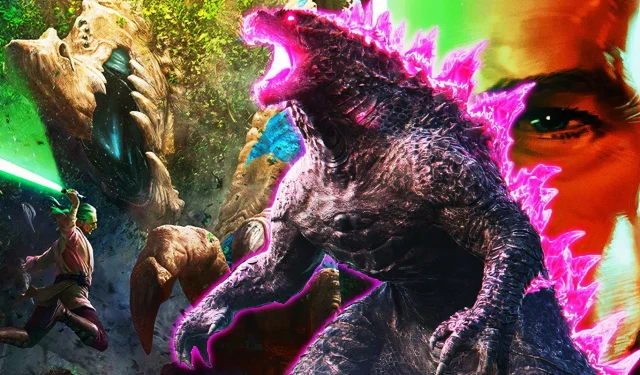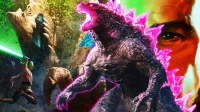WARNING! This article contains spoilers for Jedi Knights #3 The universe of Star Wars has expanded dramatically with the introduction of a new comic series featuring an incredible new species of gigantic creatures. The name of these colossal beings echoes a title familiar to fans of classic cinema, thereby enriching the lore of this beloved galaxy.
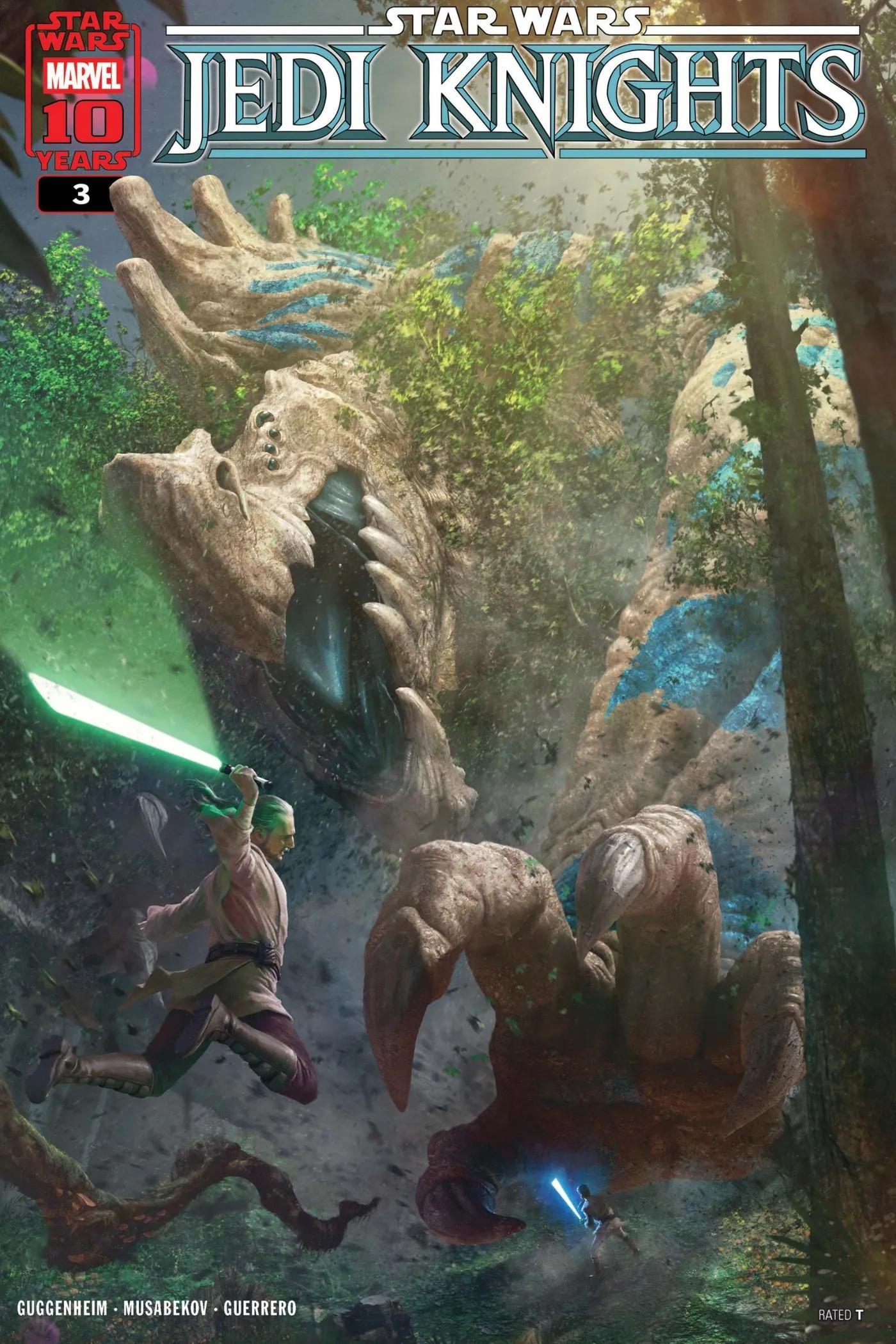
These creatures are called kaijura, a term inspired by “kaiju,” which refers to the enormous monsters typically celebrated in Japanese monster films, such as the iconic Godzilla.
Powerful Enough to Challenge Two Jedi
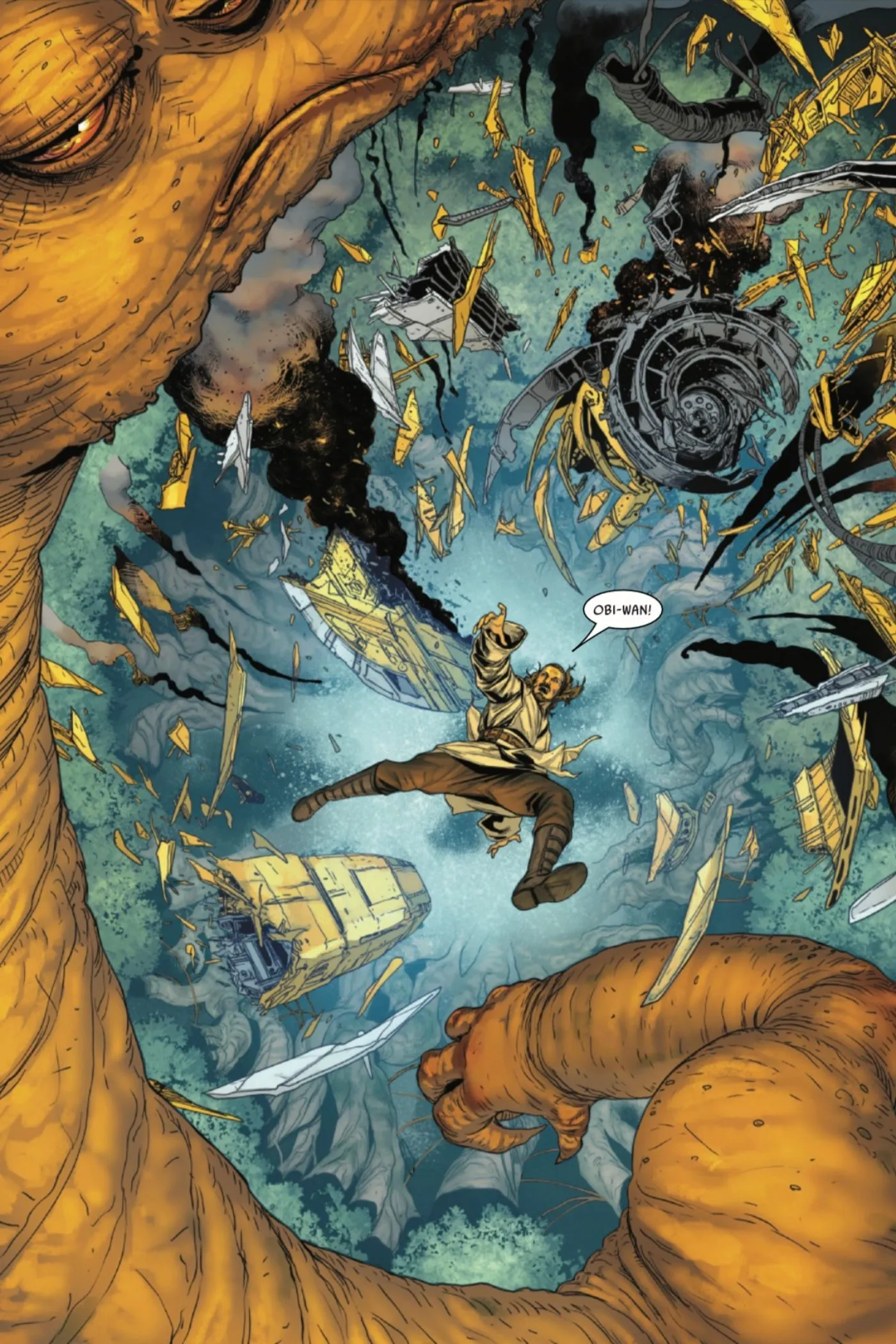
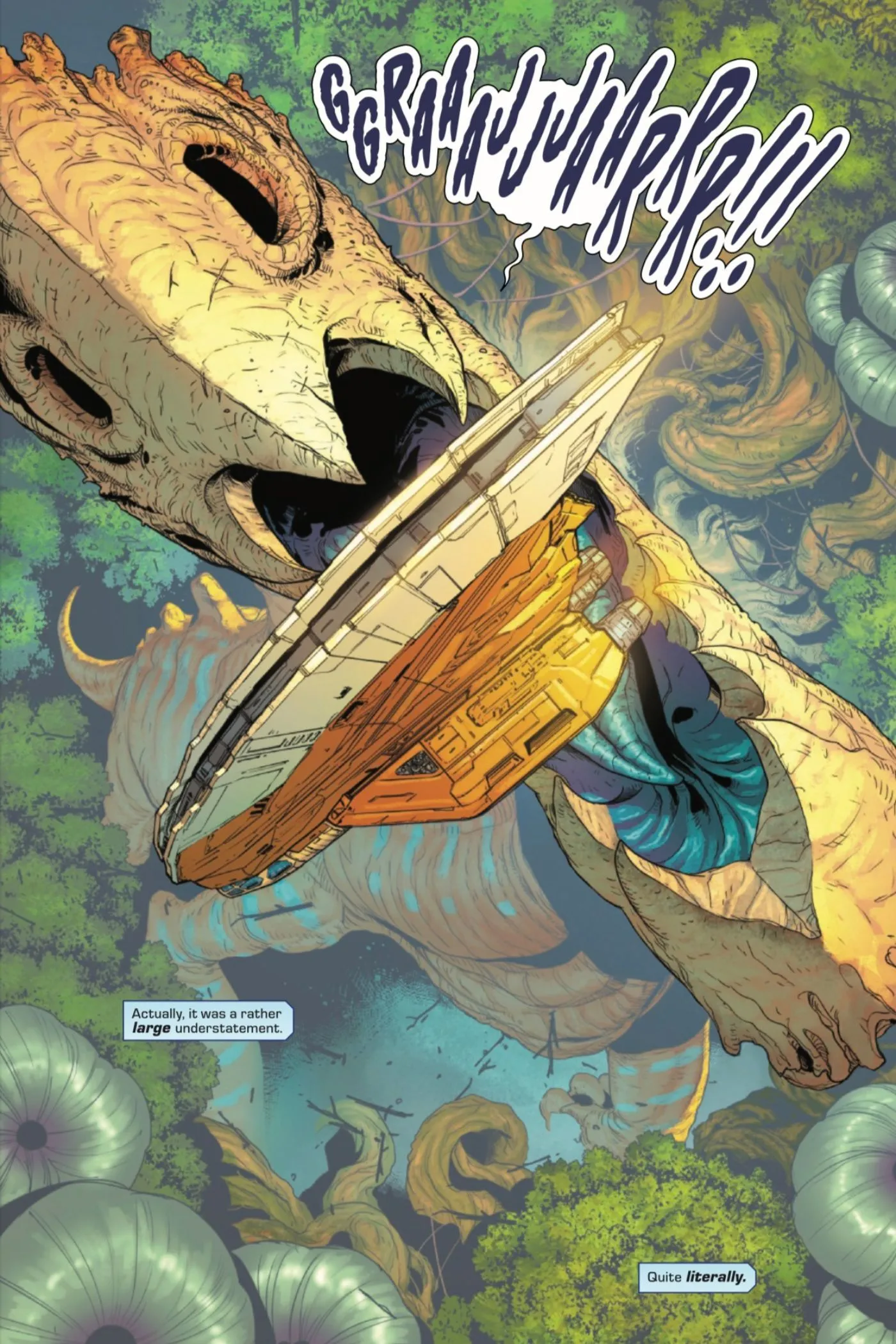
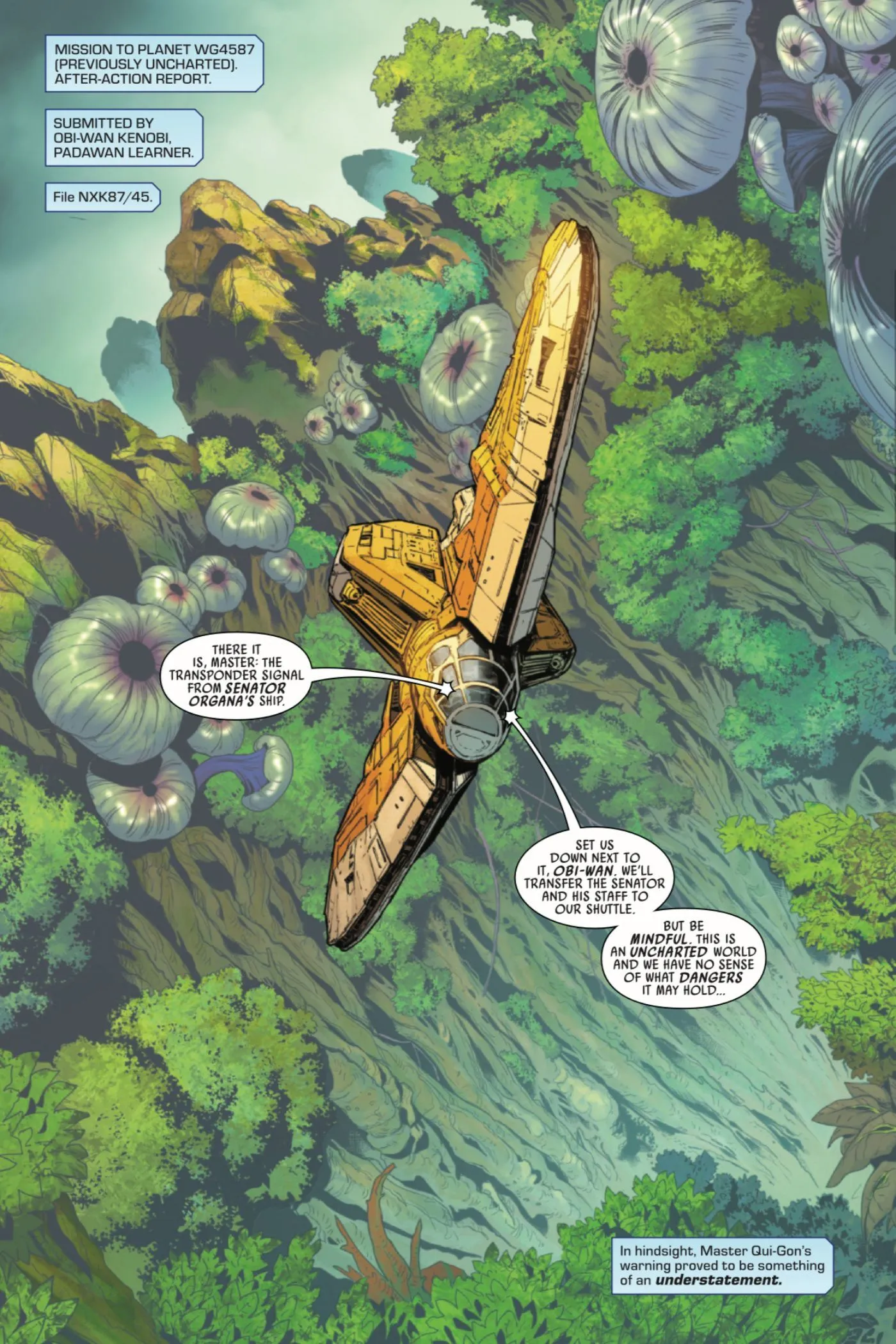
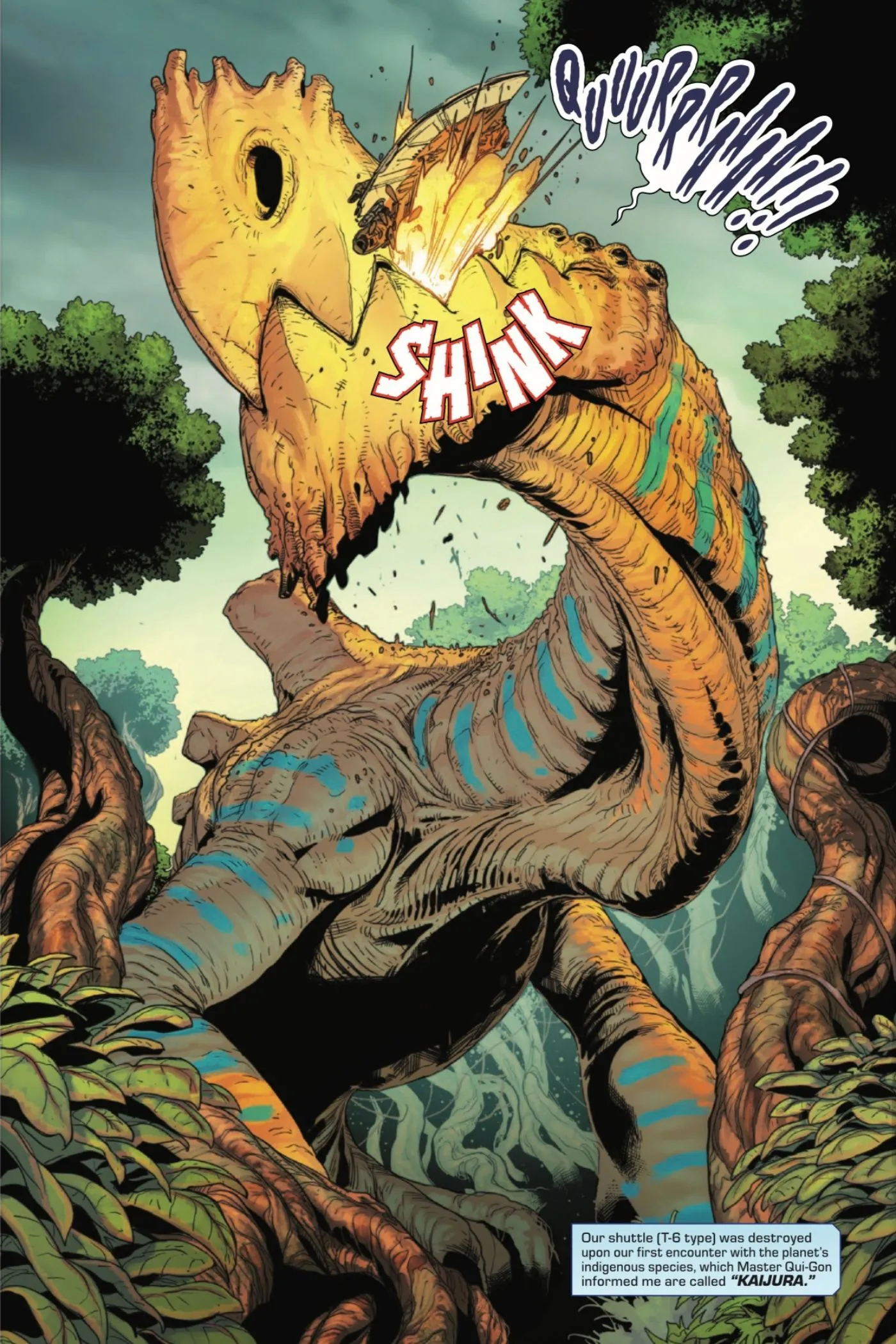
The advent of the kaijura in the Star Wars comics infuses the narrative with both thrilling danger and a sense of wonder for the Jedi who traverse the galaxy. In Jedi Knights #3, the first characters to confront the kaijura are none other than Qui-Gon Jinn and his apprentice, Obi-Wan Kenobi. While approaching an uncharted planet to aid Bail Organa, a kaijura breaks through the treetops, seizing their ship directly from orbit and sending the two Jedi crashing down to the surface.
Characterized by at least four formidable eyes, razor-sharp talons, and a massive maw, the kaijura poses a severe threat. The danger is palpable, prompting Qui-Gon to rely deeply on his connection to the Force to devise an escape. If even seasoned Jedi must tap into the deepest recesses of their powers to face the kaijura, it is implausible that other sentient beings could survive an encounter with these juggernauts.
An Ode to a Film Genre
Influence of Japanese Culture on Star Wars
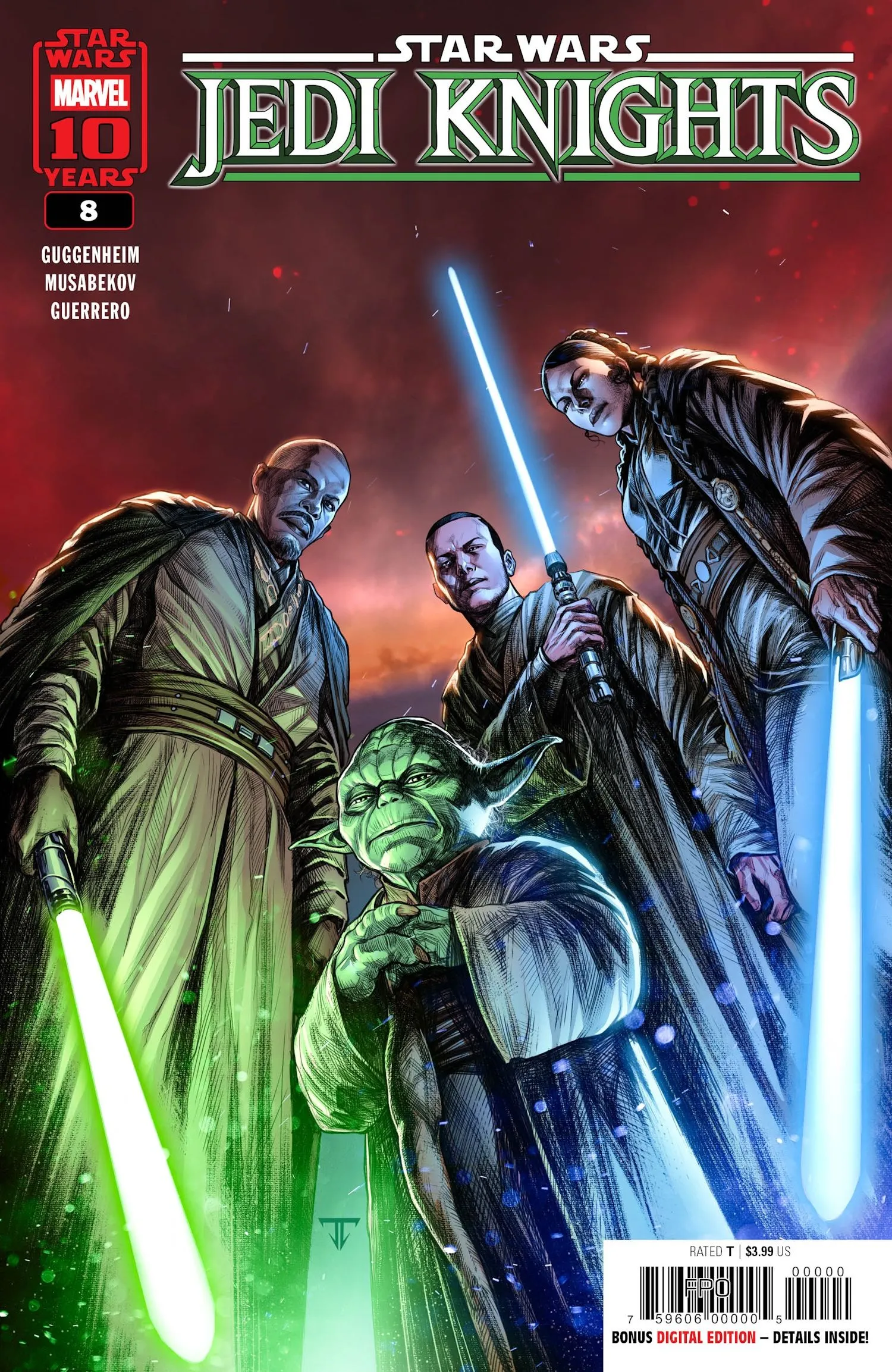
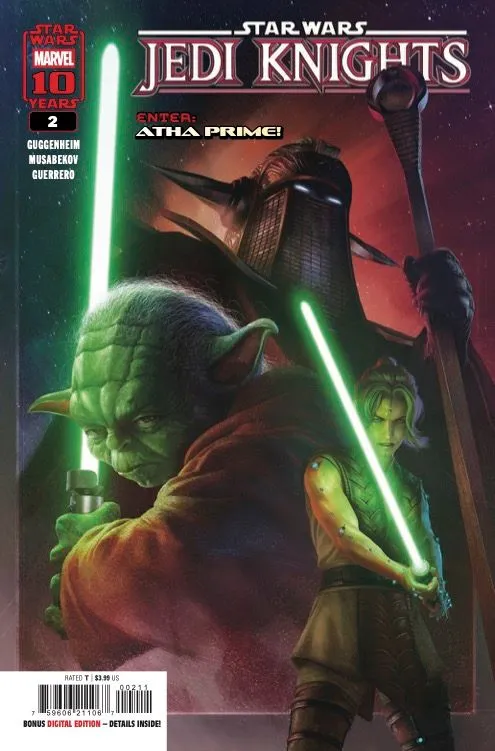
The choice to name these massive creatures “kaijura” serves as a clever nod to film enthusiasts and lovers of Japanese cinema alike. By invoking the kaiju imagery that pervades this genre, Jedi Knights #3 pays tribute to various cinematic influences that have shaped popular culture alongside Star Wars. This intertextuality provides a delightful moment for observant readers.
Moreover, the reference to kaiju resonates well, considering George Lucas’ profound inspiration drawn from Akira Kurosawa’s filmmaking when developing the original trilogy. The integration of the kaijura into the narrative represents much more than just the introduction of a gigantic creature; it is a conscious effort to weave a cinematic heritage into the enduring story of Star Wars.
Furthermore, key figures like Dave Filoni, the chief creative officer of Lucasfilm and mastermind behind series such as Star Wars: The Clone Wars and Star Wars Rebels, have also embraced the influence of Japanese culture, particularly in the character design and narrative arc of Ahsoka Tano. This ongoing tradition emphasizes the importance of diverse cultural inspirations within the Star Wars universe, enriching its storytelling fabric.
Jedi Knights is available now for fans eager to dive into this exciting new chapter.
